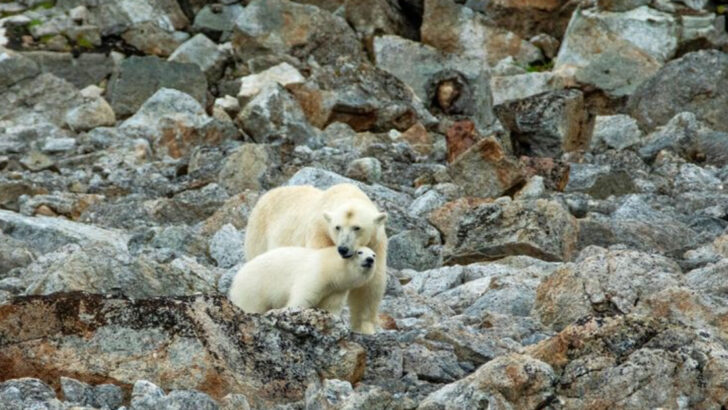Some animals aren’t just surviving climate change—they’re getting weird with it. As our planet heats up and seasons shift, certain species are responding in the most unexpected ways. Sharks are heading north. Birds are changing their songs. And tropical fish? They’re crashing beach parties hundreds of miles from home. These creatures aren’t waiting around for help. They’re reshaping their diets, tweaking migration routes, and even altering their bodies to fit the new world. From city-dwelling spiders growing bigger to mammals changing fur color off-schedule, evolution is speeding up in real time—and it’s wild to watch. Here are 10 animals rewriting the rulebook in ways no one saw coming.
The Arctic Fox
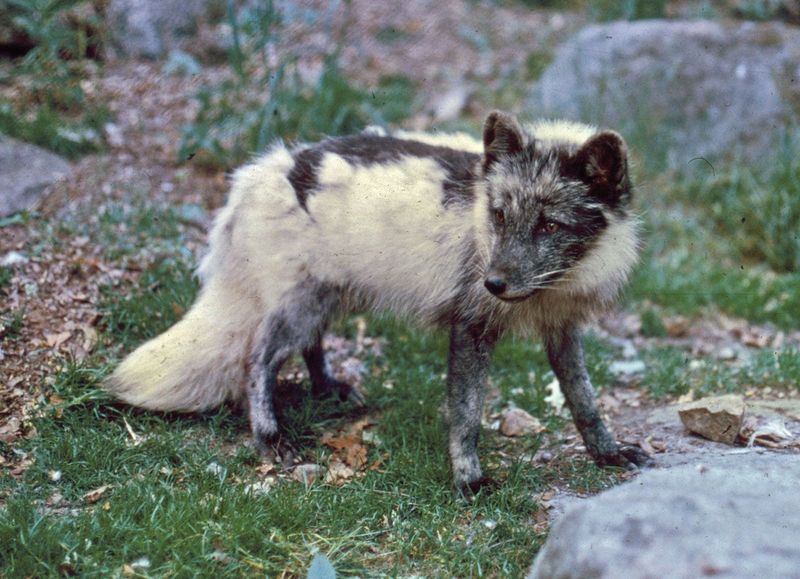
The Arctic fox, known for its pristine white winter coat, has begun to showcase an unexpected adaptability. As temperatures rise, these clever creatures are developing coats with a mix of grey and brown hues to blend into rocky landscapes devoid of snow. This change helps them stay hidden from predators and sneak up on prey.
The transformation in their fur color is a testament to their resilience in a warming world. Notably, this shift allows them to thrive even when their traditional snowy habitats are compromised. It’s a clear example of nature’s incredible ability to adapt.
The American Lobster
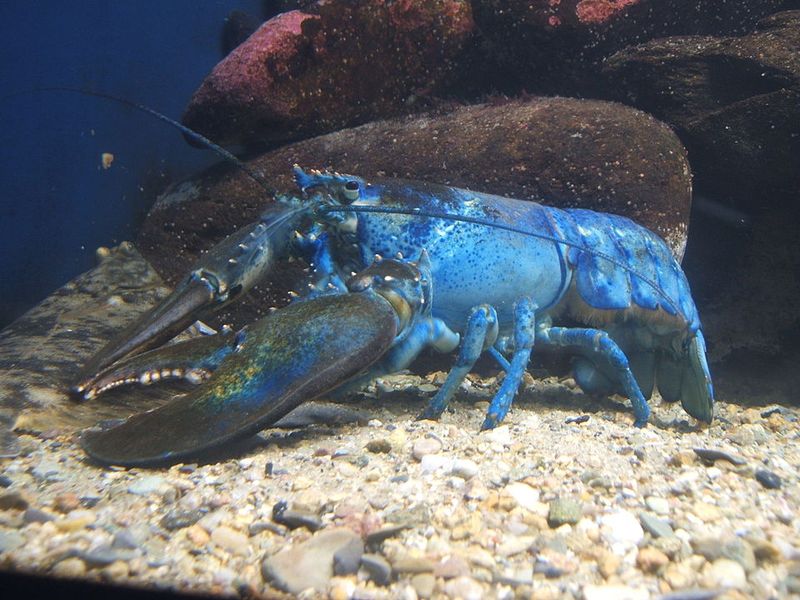
In the deep, mysterious waters of the Atlantic, the American lobster is undergoing a vivid transformation. As the oceans warm, these lobsters are appearing in unusual colors, including blue and even split-colored variations. This peculiar change in pigmentation is believed to be linked to shifts in their diet and environment.
The vibrant hues are not just a visual delight but may also influence their mating rituals and survival strategies. This chromatic shift is a stunning example of how marine life is responding to climate-induced alterations in their habitat.
The European Green Crab
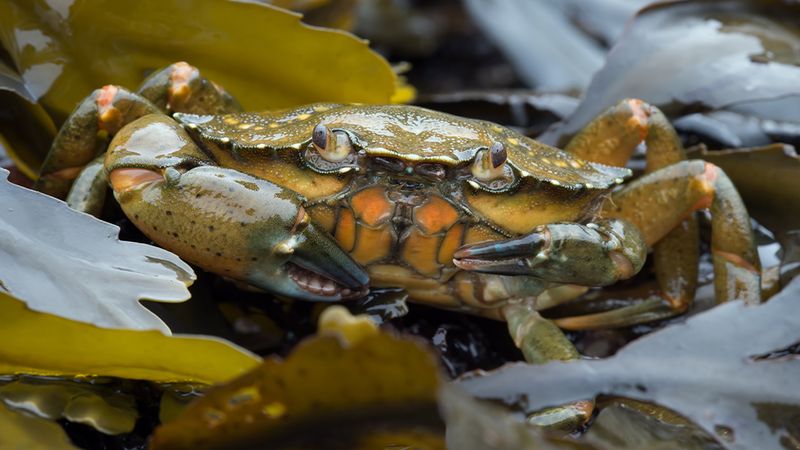
The invasive European green crab is thriving in its new, warmer habitats, showcasing remarkable adaptability. Known for its voracious appetite, this crab is expanding its range, adapting to different temperatures by altering its breeding cycles. These changes ensure its survival and proliferation in diverse environments.
By adjusting reproductive strategies, the green crab exploits new territories, often outcompeting native species. Its success story is both a marvel and a concern, illustrating the dual nature of adaptation in the face of climate change. The crab’s adaptability poses challenges for ecosystems worldwide.
The Koala
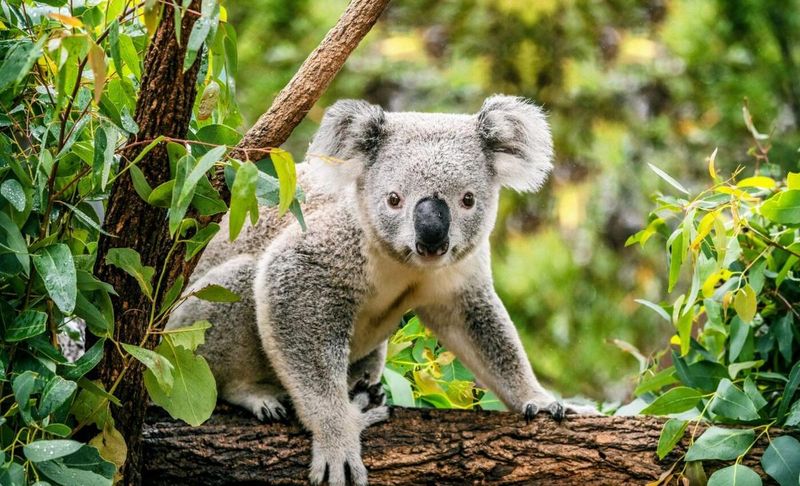
In the eucalyptus forests of Australia, koalas are showing resilience in unexpected ways. As droughts intensify, these marsupials have been observed changing their feeding patterns, selecting more moisture-rich leaves to stay hydrated. This shift in diet is a crucial adaptation to survive in a warmer, dryer climate.
Their ability to modify their dietary preferences highlights a surprising flexibility in an animal often perceived as specialized. This adaptation is crucial for their survival, offering a glimmer of hope for a species under threat from habitat destruction and changing climates.
The Tuatara
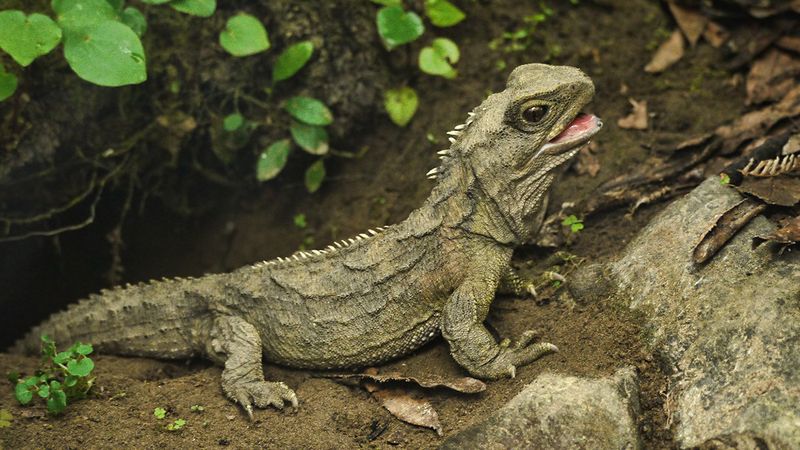
The tuatara, a reptile native to New Zealand, is defying evolutionary expectations. As temperatures shift, these ancient creatures are adjusting their nesting behaviors to ensure offspring survival. They are choosing shadier, cooler nesting sites to combat rising temperatures that could skew gender ratios in hatchlings.
The tuatara’s ability to adapt its reproductive strategy is a nod to its enduring presence on Earth. This adaptability is vital for maintaining their populations as climate pressures intensify. Their story is one of survival, showcasing an ancient resilience in a modern world.
The Monarch Butterfly
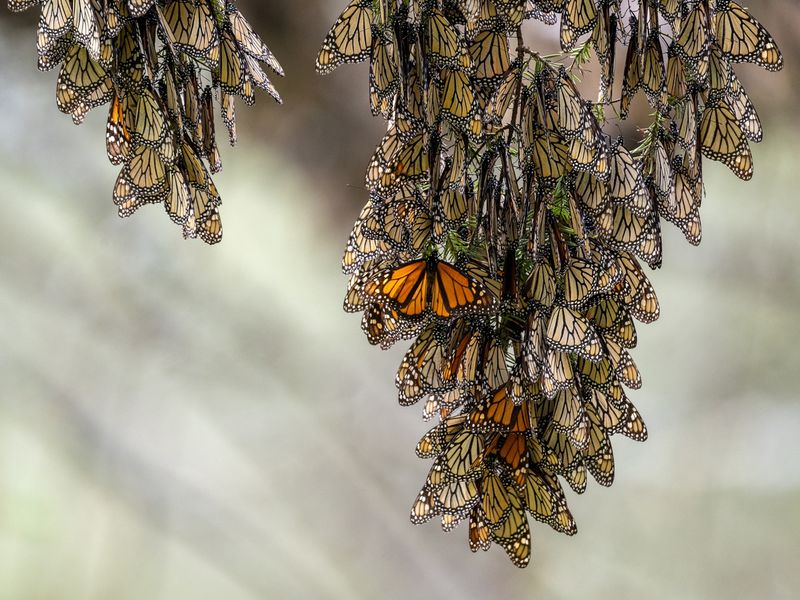
The iconic monarch butterfly, known for its epic migrations, is adjusting its routes in response to climate change. Warmer temperatures are prompting these butterflies to shift their migratory paths northward, seeking cooler climates and more abundant resources.
This alteration in migration patterns highlights their remarkable navigational skills and ability to adapt. However, it also poses challenges, as they must find new breeding grounds and food sources. The monarch’s journey is emblematic of nature’s ongoing adaptation, reflecting both resilience and the challenges of a changing world.
The Coral Reef Fish
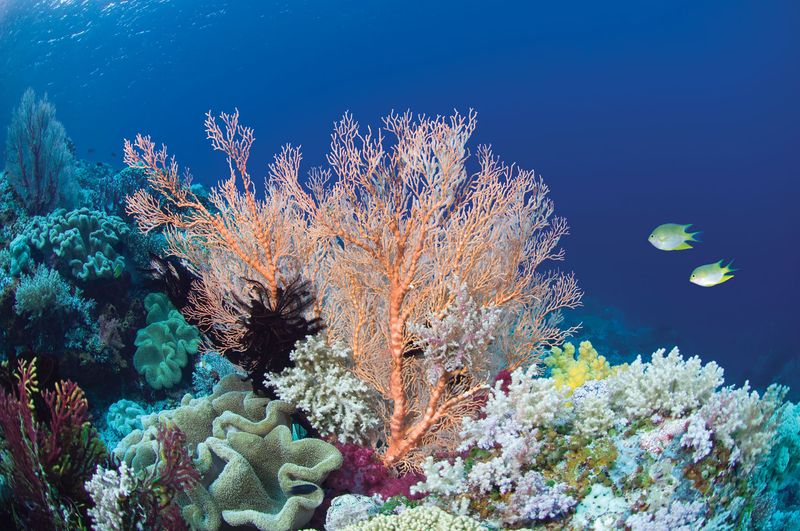
Coral reef fish are demonstrating surprising adaptability amidst the degradation of their habitats. As coral bleaching becomes more common, some fish species are altering their diet, feeding on different algae species that survive the bleaching. This flexibility allows them to persist in environments that are becoming increasingly hostile.
The shift in dietary habits showcases their resilience and the intricate balance of coral ecosystems. These adaptations are critical for maintaining biodiversity, highlighting the interconnectedness of marine life and the delicate dance of survival in a changing ocean.
The Polar Bear
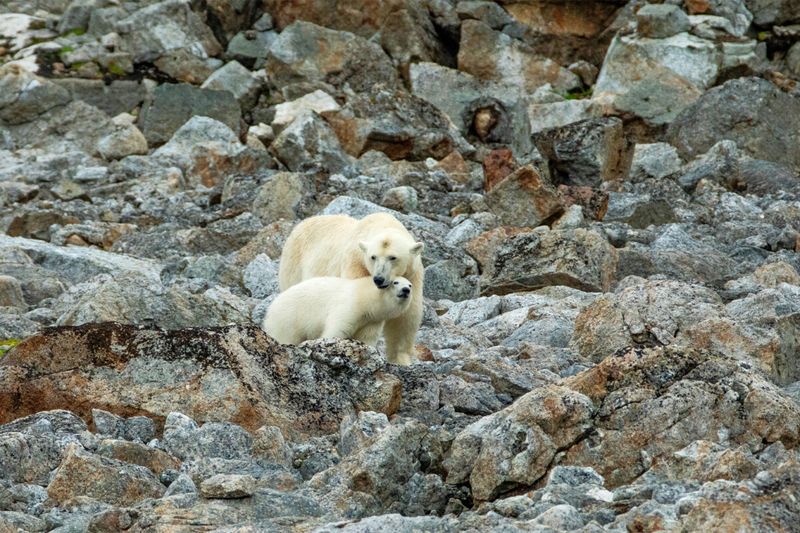
Polar bears, the emblem of climate change, are finding new ways to endure their melting habitat. With diminishing ice, these majestic creatures are spending more time on land, altering their hunting strategies to include terrestrial prey. This adjustment is a bold survival move in response to their vanishing ice world.
While this shift helps them cope with immediate challenges, it also brings them in closer contact with human settlements, leading to potential conflicts. The polar bear’s adaptability is a stark reminder of the urgent need to address climate change impacts.
The Adelie Penguin
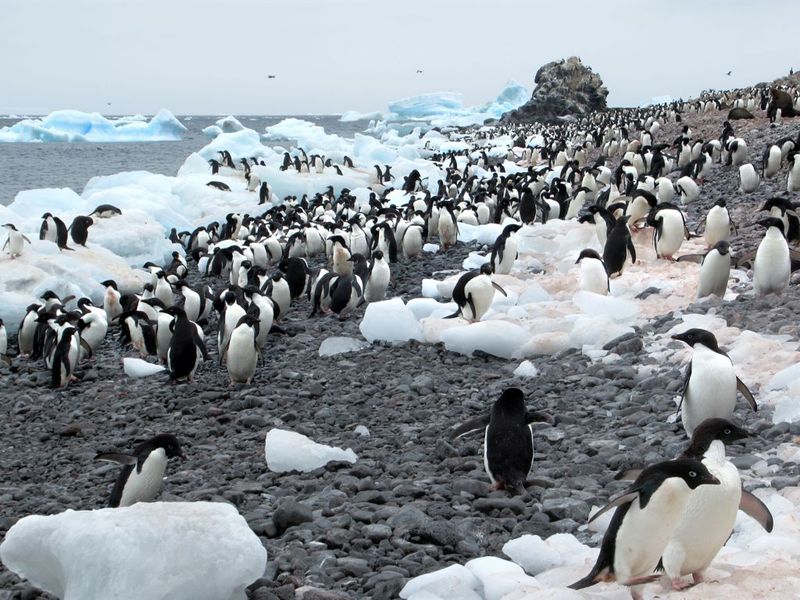
Adelie penguins, known for their adorable waddling, are adapting to changing Antarctic landscapes. As ice melts, these birds are adjusting their nesting sites from icy grounds to rocky terrains. This shift in habitat selection is crucial for their breeding success in a warming world.
The penguins’ ability to modify their nesting habits is a testament to their resilience. By embracing new environments, they continue to thrive despite the challenges posed by climate change. Their adaptability provides a hopeful narrative amidst concerns for polar wildlife.
The Snowshoe Hare
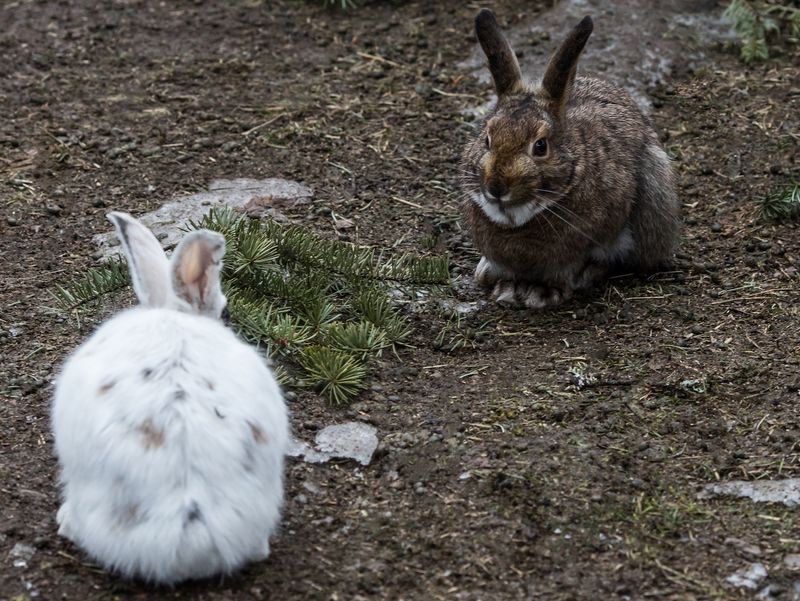
The snowshoe hare, once perfectly camouflaged in snowy landscapes, is facing a seasonal mismatch. As winters shorten, these hares are adapting by altering the timing of their coat color change, aligning with the changing seasons. This shift helps them maintain their camouflage in a less predictable climate.
The adjustment in their molting period is a delicate balance between survival and predation. The snowshoe hare’s story is one of continuous adaptation, showcasing nature’s ingenuity in the face of environmental shifts.

